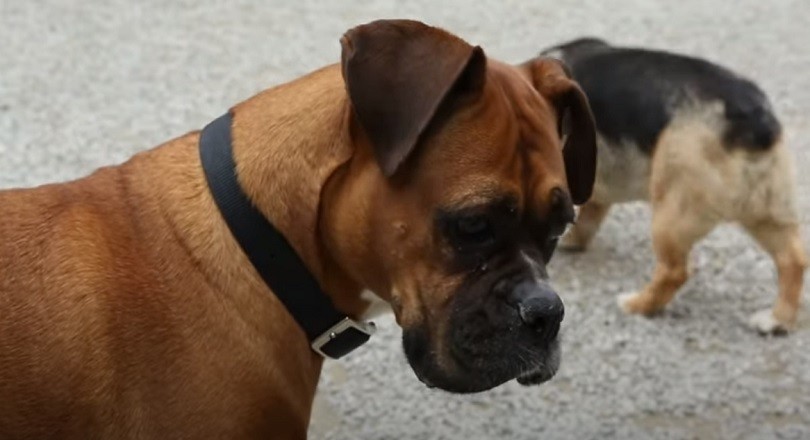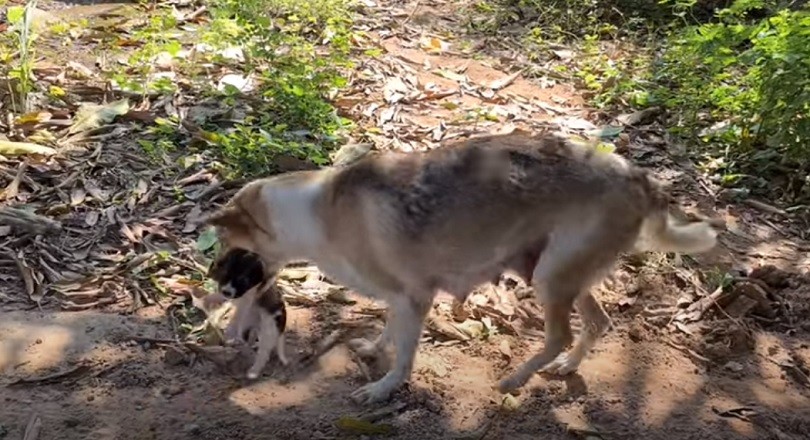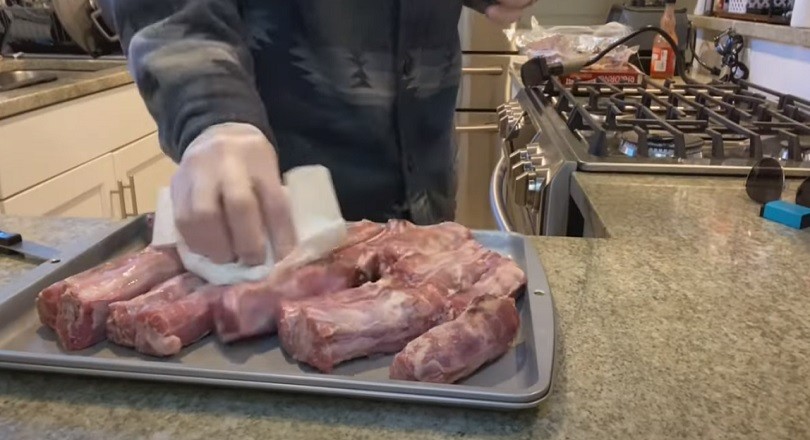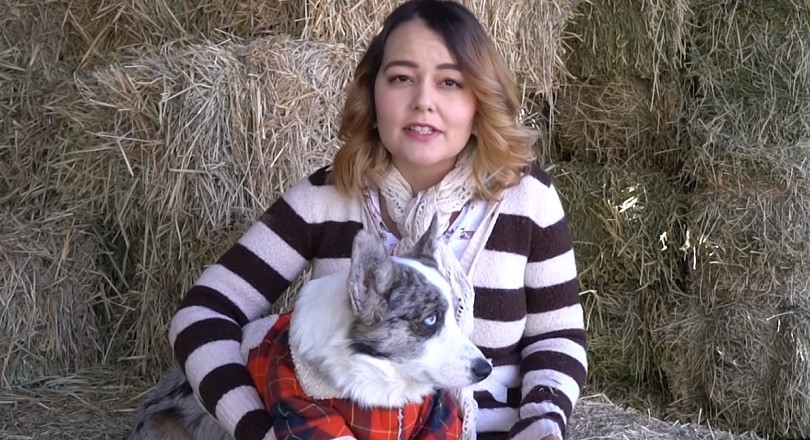Last Updated on February 28, 2025
Yes, dogs do shed their whiskers. Whiskers fall out naturally and grow back, just like fur.
Dog whiskers are more than just facial hair. These specialized hairs, known as vibrissae, are highly sensitive. They help dogs navigate their surroundings, detect changes in the environment, and even locate objects in the dark. Whiskers are deeply embedded in a dog’s skin and connected to nerve endings.
This makes them incredibly responsive to touch and vibrations. Whisker shedding is a normal process. New whiskers replace old ones to maintain their functionality. Regular whisker shedding ensures that dogs continue to receive accurate sensory information. Pet owners should not worry if they find a few fallen whiskers, as it’s a natural and healthy process.
The Anatomy Of Dog Whiskers
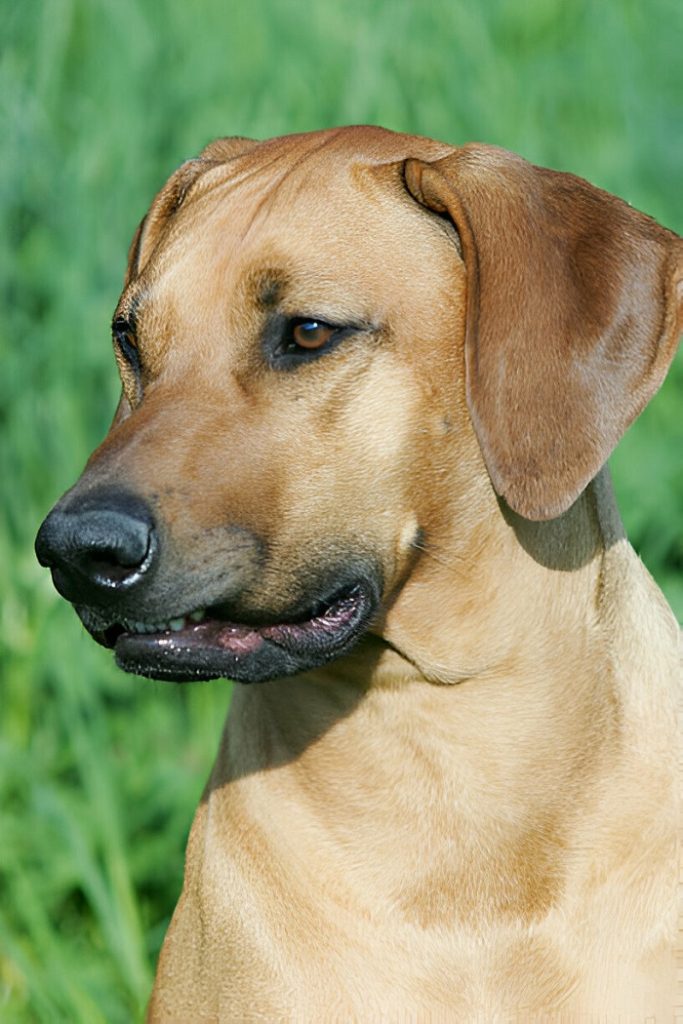
Dog whiskers, also known as vibrissae, are special hairs. They are longer and stiffer than regular fur. Whiskers are deeply embedded in a dog’s skin. Each whisker is connected to a nerve. This makes them highly sensitive to touch.
Function And Significance
Whiskers play a crucial role in a dog’s life. They help dogs navigate their surroundings. Whiskers can detect changes in the air. This helps dogs sense nearby objects.
Dogs use whiskers to measure the width of gaps. They also help dogs gauge the texture of surfaces. Whiskers can detect tiny movements. This is useful for hunting or avoiding danger.
Growth Cycle Of Whiskers
Whiskers go through a growth cycle similar to regular hair. They grow, rest, and then shed. This cycle ensures that whiskers are always functional.
New whiskers replace old ones naturally. This process is normal and happens throughout a dog’s life. If a whisker falls out, a new one grows back in its place.
Proper care can maintain whisker health. Avoid trimming or pulling them. This keeps your dog’s sensory system intact.
Shedding Of Whiskers In Dogs
Many dog owners wonder, do dogs shed whiskers? Whiskers, or vibrissae, are important sensory tools for dogs. They help dogs navigate their surroundings. Understanding the shedding of whiskers in dogs can help owners care for their pets.
Natural Shedding Process
Dogs naturally shed their whiskers. This is a part of their normal grooming cycle. Whiskers are specialized hairs. They follow a growth and shedding cycle, just like regular fur. Dogs may lose a few whiskers periodically.
New whiskers will grow back. This ensures dogs maintain their sensory capabilities. Shedding whiskers is not a cause for concern. It is a natural and healthy process.
Factors Influencing Whisker Loss
Several factors can influence whisker loss in dogs. Understanding these can help owners manage their dog’s health better.
- Age: Older dogs may shed whiskers more frequently.
- Nutrition: Poor diet can affect hair and whisker health.
- Health Issues: Skin conditions or infections can lead to whisker loss.
- Grooming: Rough grooming can accidentally pull out whiskers.
Providing a balanced diet and proper grooming can help maintain healthy whiskers. Always consult a vet if you notice excessive whisker loss.
Monitoring Your Dog’s Whisker Health
Your dog’s whiskers are more than just cute facial features. They serve as important sensory tools. Regularly monitoring whisker health is crucial for your dog’s well-being. This section will guide you through ensuring your dog’s whiskers remain healthy.
When To Consult A Veterinarian
Pay attention to your dog’s whiskers. If you notice excessive shedding, it might be a sign of an underlying issue. Here are some indicators to watch for:
- Redness or swelling: These could indicate an infection or irritation.
- Breakage: Broken whiskers can signal trauma or nutritional deficiencies.
- Discoloration: A color change might suggest a skin condition.
If you observe any of these signs, consult a veterinarian immediately. Early detection helps address potential health problems.
Maintaining Whisker Health
Proper care is essential for your dog’s whiskers. Here are some tips to maintain whisker health:
- Balanced Diet: Ensure your dog eats a balanced diet rich in vitamins and minerals.
- Regular Grooming: Gently clean your dog’s face to remove dirt and debris.
- Safe Environment: Keep your dog away from sharp objects that might damage whiskers.
Avoid trimming your dog’s whiskers. They need them for balance and navigation. Keeping a close eye on whisker health ensures your dog remains happy and healthy.
By following these guidelines, you can ensure your dog’s whiskers stay in top condition. Healthy whiskers contribute to your dog’s overall sensory perception and well-being.
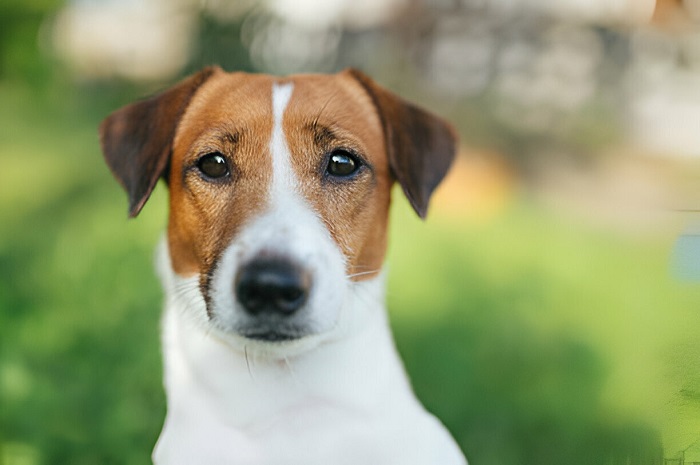
Frequently Asked Questions
How Often Should Dogs Lose Whiskers?
Dogs lose whiskers occasionally, but it’s not a regular occurrence. Whiskers grow back naturally over time. Regular shedding can indicate health issues. Consult a vet if you notice excessive whisker loss.
Do Dog Whiskers Grow Back On Dogs?
Yes, dog whiskers do grow back. They typically regrow within a few weeks after being trimmed or broken.
What Will Happen If You Cut A Dog’s Whiskers Off?
Cutting a dog’s whiskers can disorient and stress them. Whiskers help dogs navigate and sense their environment.
Do Whiskers Fall Out?
Yes, whiskers do fall out naturally. It’s normal for cats to lose and regrow whiskers periodically.
Do Dogs Shed Whiskers Naturally?
Yes, dogs naturally shed their whiskers as part of their hair growth cycle.
Conclusion
Dogs do shed their whiskers naturally over time. It’s a normal part of their growth cycle. Regular checkups ensure your dog’s whiskers stay healthy. Always observe any unusual changes in your dog’s whiskers. Consult a vet if needed. Understanding whisker shedding helps maintain your dog’s overall well-being.

